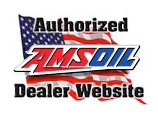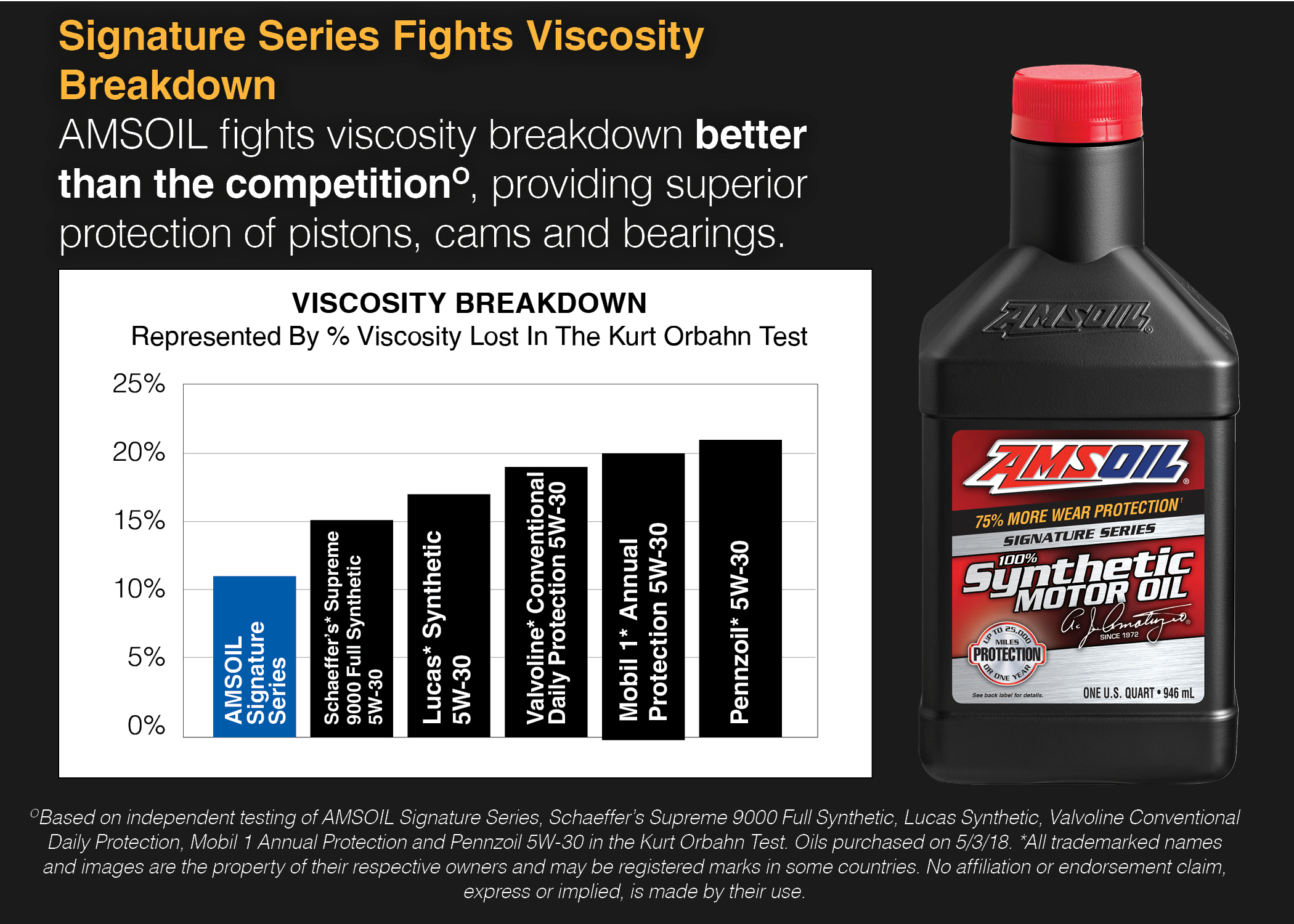31 Oct Breaking Down Viscosity
Honey and water flow differently – that’s viscosity
The important physical properties of lubricants include:
- viscosity,
- shear stability,
- high-and low-temperature performance,
- water resistance
- volatility.
Lubrication science seeks to optimize a lubricant’s performance by managing these properties through the use of different base oils and additives. Of the fundamental physical properties, viscosity – the measure of the internal friction of a liquid, or its resistance to flow – is the most critical.
Visualize differences in viscosity, how does honey and water flow when poured. Water runs fast and easy while honey flows thick and slow. The contrast is due to their different viscosities. What’s the difference? When external forces such as gravity act on a fluid, the molecules within the fluid begin to move against each other, resulting in molecular-level friction that resists flow. The greater the internal friction, the higher the viscosity of the fluid. How the viscosity of a fluid reacts to changes in temperature, pressure or speed determines how well a fluid can perform the basic functions of a lubricant.
Viscosity is an important characteristic to consider when determining which fluid is most suitable for an application.
Viscosity that is too low can cause:
- friction between mating components
- heat
- excessive wear
A viscosity that’s too high can cause:
- heat
- increased energy consumption
- lack of lubrication since the fluid can not pass through small passages
A lubricant’s viscosity range is often reported by using a grading system such as those established by the Society of Automotive Engineers (SAE) or the International Organization for Standardization (ISO). Requirements for gasoline and diesel motor oils have been set forth in the SAE J-300 Engine Oils Viscosity Classification and the American Petroleum Institute (API) Service Classification.
Knowing that a fluid’s viscosity is directly related to its ability to carry a load, you would think that the more viscous a fluid, the better it is. However, use of a fluid with a higher-than recommended viscosity can be just as detrimental as using an oil whose viscosity is too low.
Using lubricants with inadequate viscosity for the application may lead to the following issues:
• Increased metal-to-metal contact
• Increased oil consumption
• Increased friction and wear
• Leaking seals
Using lubricants with too high a viscosity for the application may lead to the following issues:
• Increased fluid friction
• Poor cold-temperature fluidity
• Increased operating temperatures
• Reduced energy efficiency
The key is to select a fluid with a viscosity that is not too low or too high. The viscosity of an effective lubricant must be adequate to keep moving parts separated under normal operating temperatures, pressure and speed.
Temperature
Lubricant base oils thicken as they cool. As the temperature es to drops, base oils eventually solidify. This thickening increases the lubricant’s load-carrying capabilities, but its ability to circulate becomes impaired. Conversely, fluids thin when heated, decreasing their ability to carry a load and prevent metal-to-metal contact.
Pressure
Proper viscosity for the intended application is critical to ensure that forces applied to the oil do not result in increased component wear. Applying extreme pressure to oil can lead to mechanical shear, which lowers the film strength and leads to metal-to-metal contact and wear. However, viscosity that is too high can cause oil starvation by not flowing through small oil passages. Optimizing viscosity ensures oil can circulate properly and provide adequate film strength on components.
Speed
Whether the application is a grease-filled bearing or oil-filled gearbox, you must consider the lubricant’s optimal viscosity based on the application’s running speeds. As speed increases, components may require a lower-viscosity oil to operate efficiently.
High viscosity or speed may also increase the lubricant’s film thickness, which increases fluid friction. If the viscosity too high, fluid friction generates excessive heat that shortens the lubricant’s life.
Viscosity control
AMSOIL synthetic lubricants are designed to deliver the optimum viscosity for their intended applications. Advanced base-oil formulations and additive packages provide robust protection against viscosity breakdown for reliable protection and performance.


